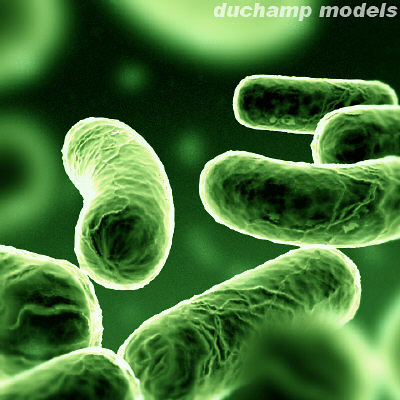Part 1B
Part 1C
Part 1D
Part 1E
JanCox | New Intelligence does not come about through more reading or more studying, but through more thinking -- all the time, and flexibly at that. If you were to try to explain this to someone at the ordinary level, in ordinary terms, it would sound ridiculous. If anyone listening at the ordinary level were to hear that there is something like New Intelligence, they would think that it came about through some sort of studying. Ordinary consciousness would ask how to get New Intelligence, and after hearing the explanation, would start to study it. In fact, a busy person might ask for something to read so that they could reference it later and then study it.
New Intelligence will not be developed by reading or studying of any sort. NO WAY! The approach is simply to THINK MORE. To this statement, good old ordinary intelligence would reply, "But I think all the time as it is!" We're not going to question ordinary 3-Dimensional judgements about measuring the quantity of time spent thinking, but it is important to remember that there is as much quantity as there is space. There are no empty places, no empty spaces. Everywhere that ordinary 3-D consciousness can look there is stuff filling up space.
Although it appears otherwise to 3-D consciousness, there is no sense saying, quantitatively speaking, that there are no empty spaces in one's thinking schedule. It simply is not the case that there are no empty thinking spaces. Even if that were true, you've got to think more -- you've got to think all the time. Every moment you have to think more. All right, you believe you're thinking all the time -- but you've got to think some more. Once you try to think more, you will find out that you can take whatever space seems to be filled up, and put in more.
It is part of the illusionary reality of the 3-D world that more can be put into whatever space appears to be already filled up. (Ordinary consciousness does not want to put in more, though, because that would mean "playing in the key of CHANGE," which everyone fears and dreads.) The forced new additional thinking has got to be done all the time, and it must be flexible. Then you are on the way to developing a new kind of intelligence.
Whatever is going on, you should be thinking, involved in a continual asking of yourself, "Why -- to what end from a 4-D level -- is such-and-such going on?" You must think with a sweeping, omnidirectional sort of consciousness. For instance, first thing in the morning as you are getting ready, think about everything you have to do that day (not in a worrisome manner), while simultaneously brushing your teeth, combing your hair, keeping your eye on the clock, listening to the radio to check their time against the clock time, listening to whether the coffee is perking yet, thinking of all that you might do today if you have time, and so on. Don't think of things linearly, in sequence, but in a nonordinary way; think of them all together, at the same time, continually, all the time.














